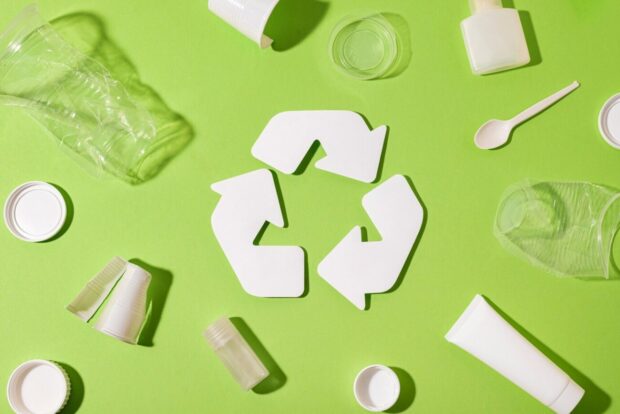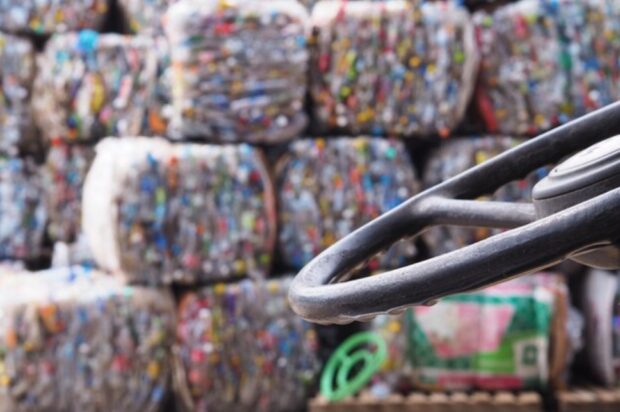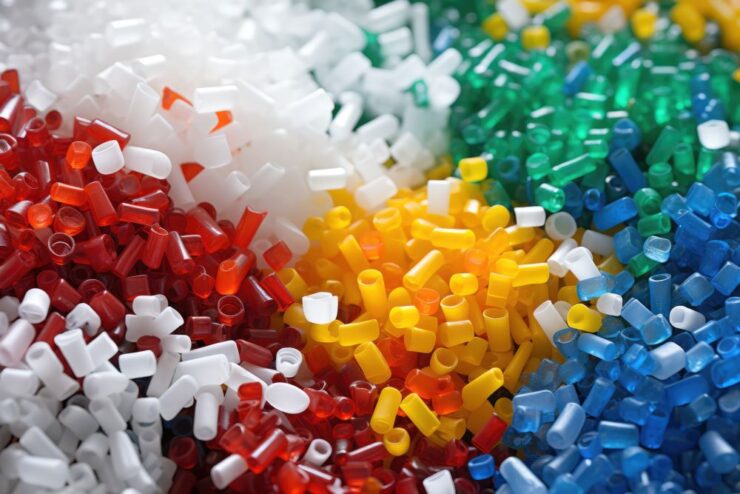I’m old enough to remember when curbside recycling was first introduced as a viable way to end pollution and save the world. I was in middle school when I first heard that it was my responsibility to convince my parents to begin recycling. Decades later, so many people who now feel betrayed by the curbside recycling concept have declared that plastic recycling is a myth. But is it?
Actually, it depends on your point of reference. If your point of reference is the fact that people believe curbside recycling reclaims most post-consumer plastics, then it’s true. Recycling is a myth. But if your point of reference is the fact that just over 90% of the world’s post-consumer plastics never get recycled, you need to know the rest of the story.
Billions of Pounds Annually

I will be the first to admit that most post-consumer plastics ultimately wind up in landfills or incinerators. That’s even true of the plastics they get set out to the curb along with the trash. Most people don’t know it, but the majority of plastics set aside at the curb is never recycled.
That being said, post-consumer plastics make up a small fraction of the total amount of plastics produced globally. But here’s the interesting part: more than 6 billion pounds of plastic is successfully recycled every year in the U.S. alone. Yes, you read that correctly: 6 billion pounds.
It’s true that we could do better. It’s true that there are ways to increase that number significantly. But it is disingenuous to call plastic recycling a myth when billions of pounds of it are successfully recycled every year.
Most of It Is Industrial Plastic
Earlier you read that municipal recycling programs don’t do a particularly good job with post-consumer plastics. To say that post-consumer plastic recycling is successful is to perpetuate a myth. But things are just the opposite in the postindustrial arena. Most of the plastic that is successfully recycled every year is post-industrial plastic.
What is post-industrial plastic? For the answer to that, we turn to Seraphim Plastics. The Tennessee company buys, processes, and cells recycled plastic in seven states. They explain that post-industrial plastic is plastic waste generated by businesses. It includes things like:
- Buckets and totes.
- Dunnage trays.
- Pipes and tubing.
- Plastic pallets.
- Manufacturing purge and cutoffs.
Imagine a logistics company with stacks of plastic pallets it has no use for. Rather than send them to a landfill, they contact Seraphim Plastics. Seraphim Plastics makes an offer to buy those pallets, the company agrees, and the deal is done. All that’s left is for Seraphim Plastics to send a truck out to pick up the load.
What Makes It Different

That load of plastic pallets Seraphim Plastics picked up will go straight to a processing facility where it will be run through a series of grinders and magnets to reduce it to something known as regrind. The regrind will be packaged and sold to manufacturers who mix it with virgin plastic.
What makes this type of post-industrial recycling so different is the lack of both sorting and contamination. The pallets do not have to be sorted from any other materials. They can be picked up in process immediately. They also are not contaminated. Therefore, they don’t have to be cleaned.
It may be true that the majority of post-consumer plastics are never recycled. But that does not mean plastic recycling is a myth. Seraphim Plastics and its competitors prove every day that plastic recycling is not only possible, but it can also be profitable. It just needs to be done the right way.




























